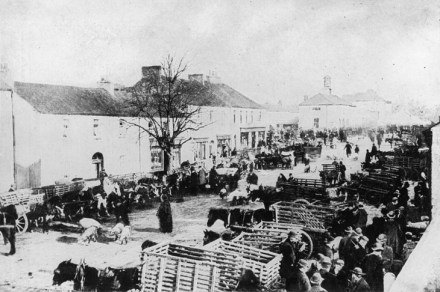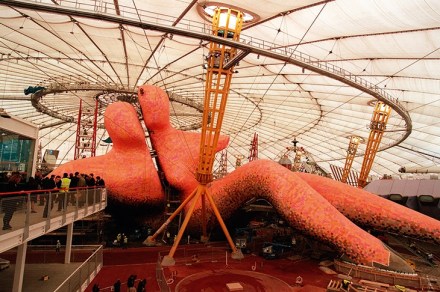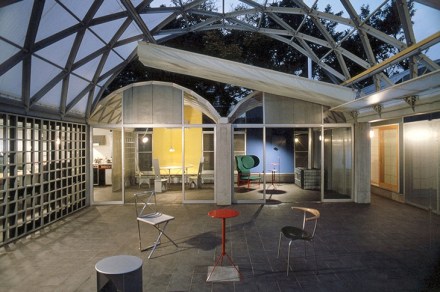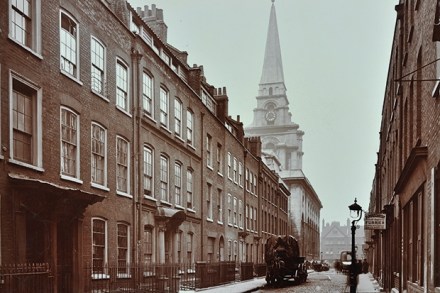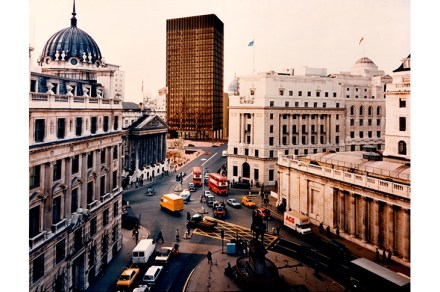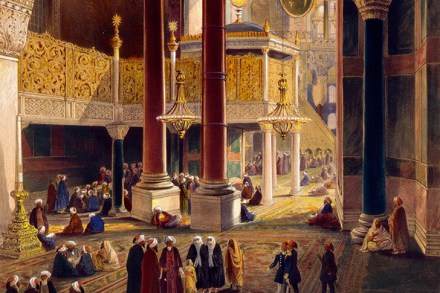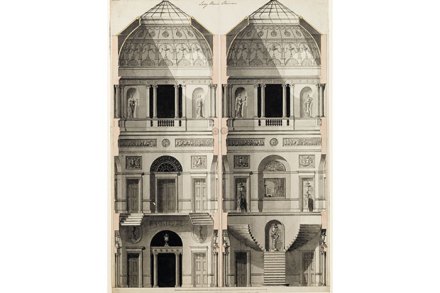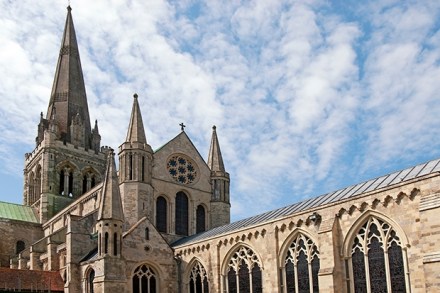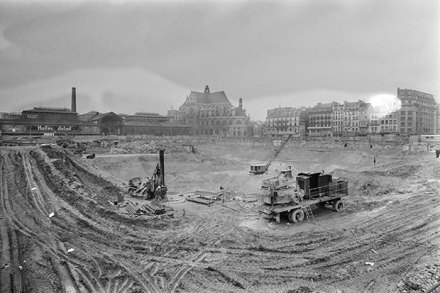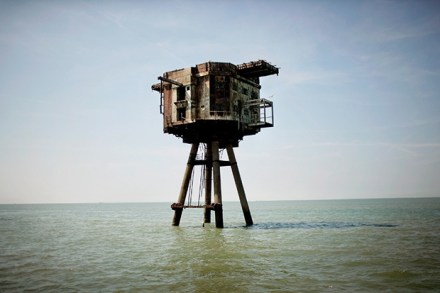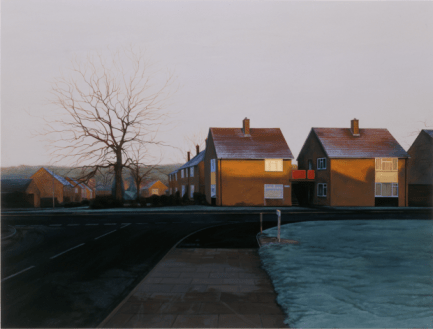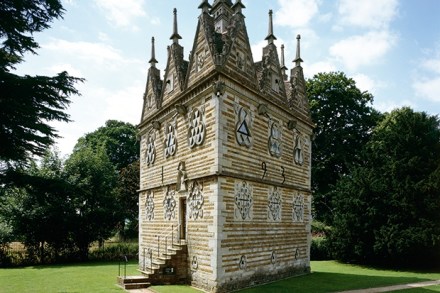Rescuing an Irish gem
This large and splendid book is more in the nature of a grand illustrated guidebook than a historical monograph. Hundreds of photographs cover every aspect of Abbeyleix today, the magnificent Georgian house 60 miles south-west of Dublin — its contents, the garden and demesne, not to mention the owner’s family and friends. It makes a fascinating insight into the revival of the Irish country house in recent decades, as bankers, lawyers and entrepreneurs have taken on Irish estates and shaken them out of their 20th- century slumberous (or violent) decline. William Laffan has produced a well written overview of one of the more spectacular contemporary resurrections. Abbeyleix is of a
